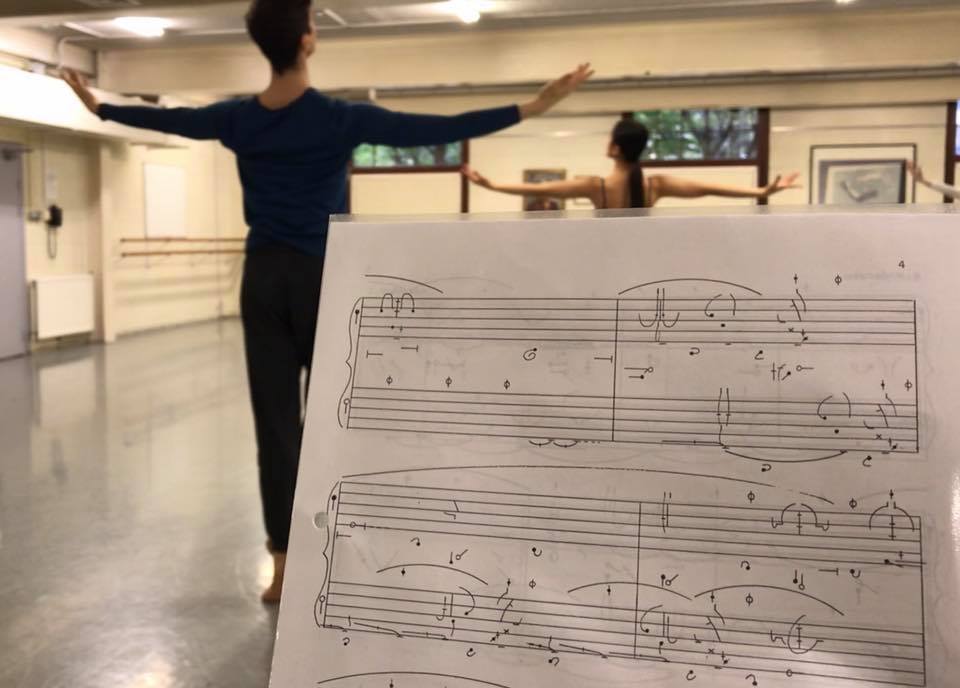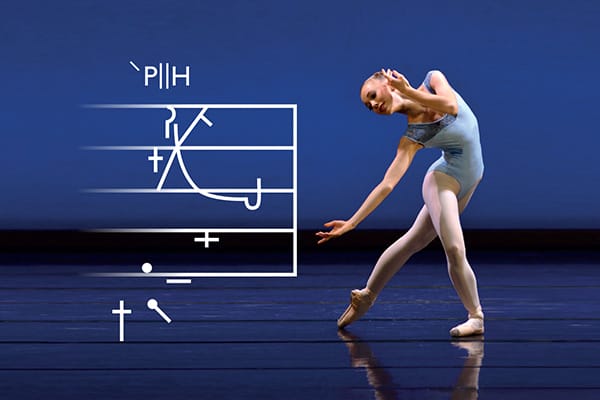Benesh International: Benesh Movement Notation
Benesh Movement Notation (BMN) is a system for documenting human movement. It is mainly used in the documentation and reconstruction of dance pieces. Benesh International serves as the headquarters for BMN.
Previously known as the Benesh Institute, it has been part of the RAD since 1997. It supports the dance community by protecting choreographic copyrights, educating choreologists, and nurturing the BMN community.

Our Mission…
To advance and safeguard the Benesh Movement Notation system.
As a longstanding organisation for choreologists, we offer education, establish standards, and foster a supportive global community of members.
Upcoming Events

PCBMN Application Deadline
1st November 2025

Benesh Student Forum
Date to be confirmed

The history of Benesh International
Devised by Rudolf and Joan Benesh, and first published in 1956, BMN is a written system for recording human movement. It is most widely used in the recording and restaging of dance works.
Over 1,750 BMN scores have been written. These are used to reconstruct and revive repertoire, to analyse movement, and as source material for educational research. The set exercises and dances in the RAD syllabi are published in BMN to enable teachers to study the work in a common language and in more detail than is possible from notes or video alone.
Courses available
Find out more about our courses and qualifications in Benesh Movement Notation.
Professional Certificate in Benesh Movement Notation (PCBMN)
This part-time distance learning programme provides a thorough grounding in the principles and usage of BMN. It is for anyone interested in the observation, analysis and recording of human movement.
Professional Diploma in Benesh Movement Notation (PDBMN)
The highest taught award in BMN, this prepares students to become a Professional Benesh Choreologist. This course is preparation for becoming a Benesh Choreologist in a repertory dance company.
Score Reading for Dancers (SRfD)
This award is delivered and examined in weekly lessons over two years at vocational schools and colleges.
Benesh for Beginners
A flexible distance learning course open to anyone looking for an introduction to BMN. It is particularly suitable for teachers who want to be able to read the notation in the RAD’s syllabus books and you can start at any point in the year.
Continuing Professional Development (CPD)
Our CPD department offers a variety of starter courses in BMN. This includes the ‘Benesh Movement Notation for Ballet’ distance learning course which comes with time-valued CPD.
Benesh Movement Notation (BMN) for Clinicians
BMN serves clinicians in several ways, as:
- a recording instrument for on-the-spot assessments and re-evaluations,
- a research tool, along with instrumentation techniques, to document clinical observations, and
- as an educational resource to allow the observation of movement for clinical analysis of functional and dysfunctional patterns.
Staff
Get in touch
- Contact Benesh International
- Melanie Simpkin
- James Groom
For general enquiries, please contact our department at the email address below.
A Who’s Who of Benesh
Patrons:
Our patrons are people and institutions that support us financially.
Lady MacMillan – www.kennethmacmillan.com
Peter Darrell Trust – www.peterdarrell.org
Benesh Institute Endowment Fund
The Benesh Board of Studies (BBoS)
Victoria Watts (Chair)
Melanie Simpkin (Head of Benesh International)
Diana Curry FIChor
Kendra Johnson
The Benesh Technical Advisory Panel (BenTAP)
Kendra Johnson (Chair)
Amanda Eyles
Anders Ivarsson
Diana Curry FIChor
Eleonora Demichelis
Eliane Mirzabekiantz
Gregory Mislin
Liz Cunliffe
Rhonda Ryman
Robyn Hughes Ryman
Romain Panassié
Explore our RAD Membership options
Interested in becoming a member? Check out our membership options for RAD supporters, students, and teachers alike.

Subscribe to our mailing list
- Be the first to hear about our news and events
- Choose the type of news that interests you
- Get discounts from the RAD shop

















